I got to fly a brand new Bristell B23 Turbo the other day. What can I say, this fully CS23 certified plane is a gem of its own and very impressive. It really does a great job in fulfilling multiple roles, from basic trainer to tourer. Hence this video is titled rightfully the most versatile two seater.!
Build quality is very robust and fit as well as finish are very nice. The seats are comfortable and the cabin is very wide and thus very spacious and comfortable. The push rod flight controls provide for a great control feel and the FADEC 915 turbo Rotax provides impressive performance, with no penalty up to FL150 and a ceiling of FL180. Avionics wise it is dream panel with G500Txi, GTN650Xi, GI275, GTN650Xi and a G3X. Obviously it also has the fantastic Garmin GFC500 autopilot. To boot, it also has BRS.
In researching the best option for a low operating cost plane that can be used for basic PPL as well as advanced (IR) training and touring, I reached out to multiple manufacturers. BRM Aero really stood out in that my emails where answered personally by the CEO within hours, with detailed and honest information. Something that can’t be said for the other contenders, which provide delayed and confusing information (e.g. quoting different fuel capacity in their own marketing materials).
The base price ex-factory for the above equipped version is €299.000. When the TC is updated for IFR, an additional €30.0000 are due. So €329.000 in total for a capable IR certified two seater with low operating costs. Not cheap, but also fair for what one gets and compared to what the market offers (e.g. some UL toys that cost even more).
After a swift climb to FL095, at max power and 41lph TAS was 152kts. Typical cruise setting will result in 130KTAS at 27lph. Training power setting is <20lph.
120l of fuel capacity gives around 3 hours/400NM of touring range or 6 hours of training endurance. Obviously on EN228/Super 95 car fuel (E10 is ok).
Some impressions:







And some performance snapshots from flysto.net
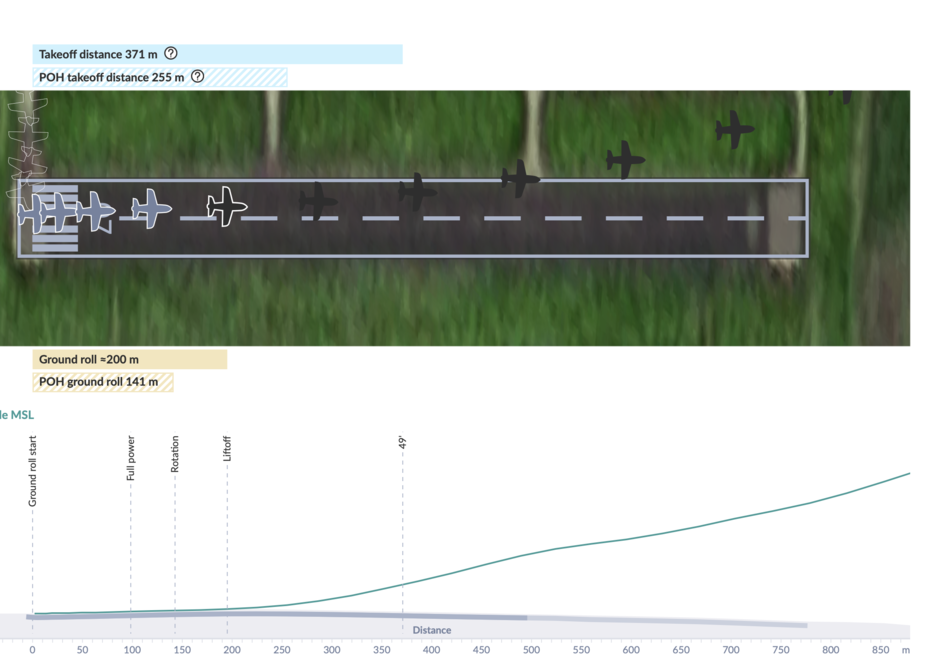
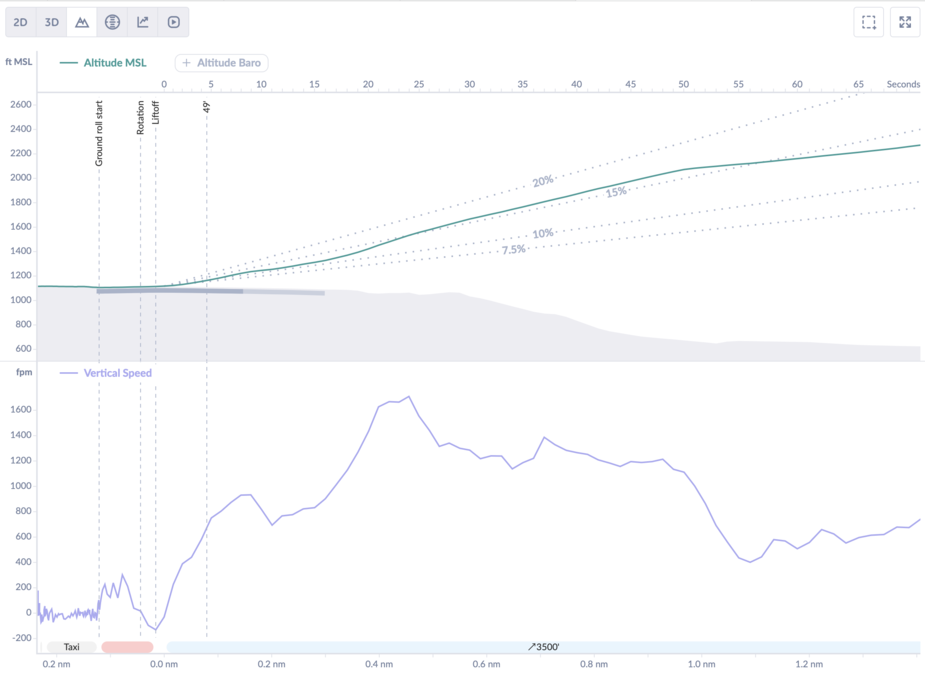
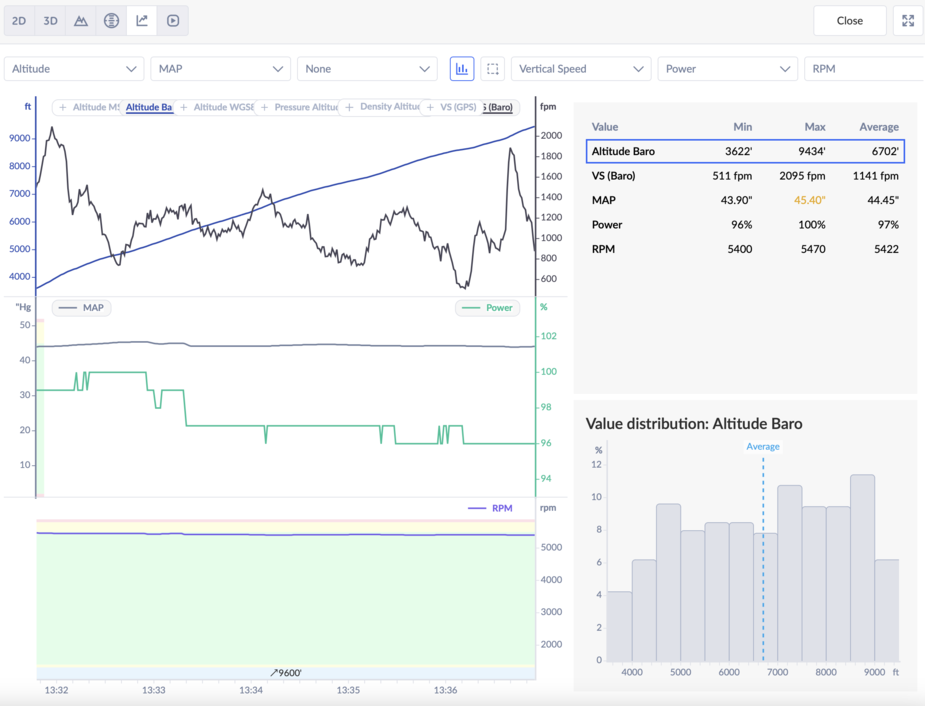
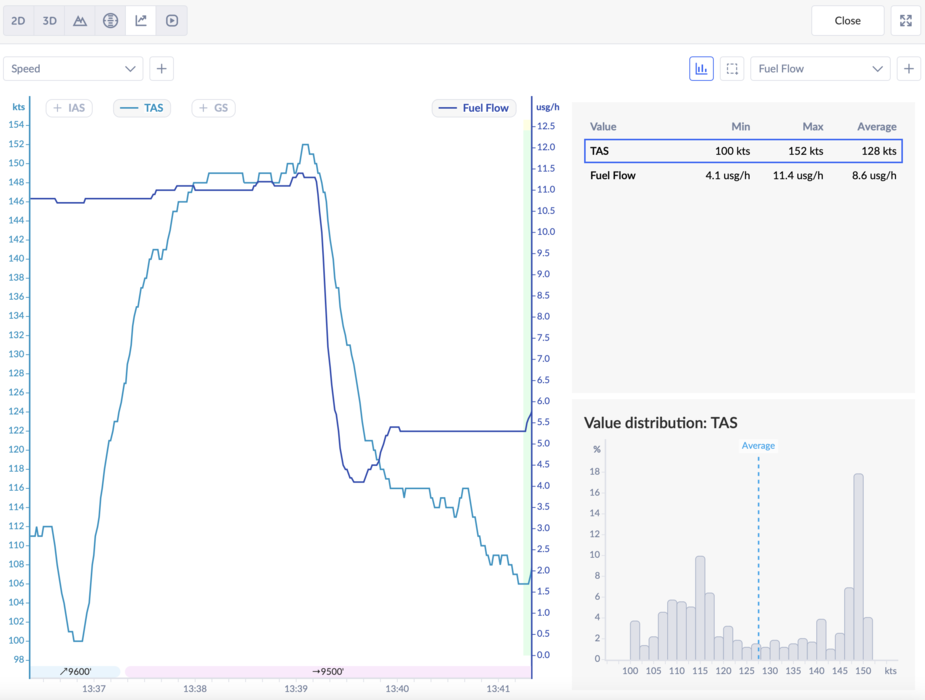
I was really impressed and enjoyed this plane a lot!
Snoopy wrote:
video is titled rightfully the most versatile two seater.!
A cutie for sure, but the title should really contain “certified” as there are quite a few homebuilts easily exceeding all those numbers.
As far as options go, my feeling is that the price is fair for a well equipped “IFR” capable certified nice looking bird. If only they’d learn to flush rivet 
If only they’d learn to flush rivet
Serious question: could a “dirty” airframe (those rivets) contribute to a more benign handling?
Snoopy wrote:
could a “dirty” airframe (those rivets) contribute to a more benign handling?
I’m certainly no aerodynamicist, but any kind of protuberance will disturb the boundary layer, even on a non-laminar wing, and lead to an earlier flow separation than on a clean wing. As we know, and can be seen for instance on Mooney’s airplanes, the area mostly affected is the forward part of the wing, e.g. the LE to the spar or 1/3 of the chord.
Looking a the very Swiss (  ) video, the stall characteristics seem pretty benign to me, good forewarning, no severe wing drop and good recovery. You might have noticed something else which I couldn’t detect (still to watch that lengthy vid in full…)?
) video, the stall characteristics seem pretty benign to me, good forewarning, no severe wing drop and good recovery. You might have noticed something else which I couldn’t detect (still to watch that lengthy vid in full…)?
Re the cruise figures… not very impressive for me, the speeds being ok (considering those rivets  ), but the consumption surprisingly high.
), but the consumption surprisingly high.
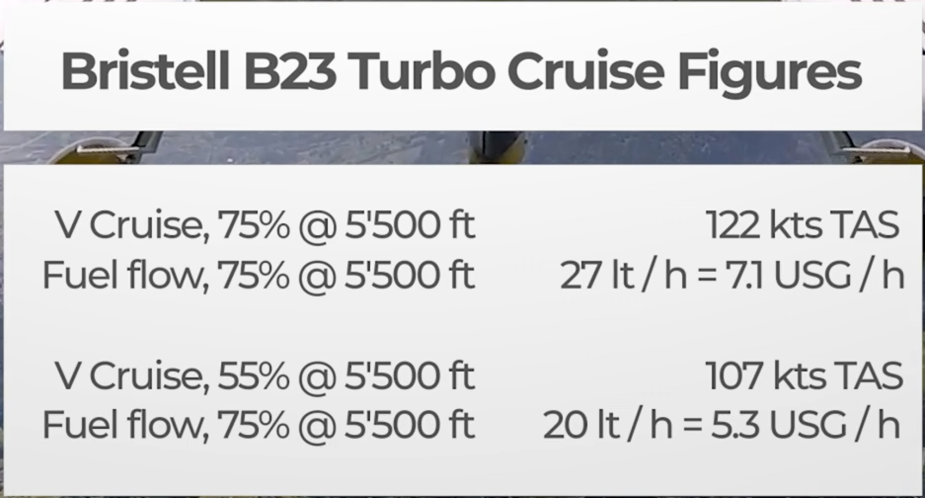
Performance and fuel consumption is about the same as my 1971 two-seater that cost $35K with 900 hrs TT. I get 127 kts TAS at 8 US gph. Maintenance on the old one would be much easier but avionics are considerably better in the newer plane 
Silvaire wrote:
Performance and fuel consumption is about the same as my 1971 two-seater
Yep, this is called progress 🤣
At 5.5Kft cruising at KTAS 122 my O-360 engine will use about 19 lt/h (2 up, less solo), and at 107 around 17 lt/h. But same as yours, no BRS.
How comfortable is your cabin :) ?
Smoother wings are more efficient, however the installation of flush rivets requires either thick enough skin to allow for the countersink (minimally .032-.040” for just a #3, or 3/32” diameter MS20426 rivet. Most structural rivets are minimally #4, or .125” diameter), or the skin and underlying structure has to be dimpled, and that process is time consuming, and adds to the complexity of fitting parts together.
Slower aircraft made of lighter gauge metal don’t really benefit from the reduced drag of flush rivets, although sometimes leading edges and areas on the forward side of the airframe will be flush, and button-head style rivets (MS20470) will be used on the aft sides of the airframe, where they are in the convergent areas of the airframe shape. Faster aircraft will be made from thicker sheet metal, due to the need for additional strength, and then flush rivets can be used.
The removal of either style of rivet is the same process, and not really complicated by the style of rivet. Unless the flush rivet is located on a polished bare metal portion of the structure, such as a wing leading edge. Then seeing the rivet so you can drill it out can be tricky. Just last week I had to disassemble a bleed air diffuser from the inside of a polished leading edge, and it was much easier to drill the butts off, than try to see the polished heads.
(Quora)
but the consumption surprisingly high.
Turbo needs more juice. Cabin is wide and draggy.
Pays off higher up.
How comfortable is your cabin :) ?
It’s not as wide… but my wife weighs 41 Kg and looks like it and I’m not so wide either.
No problem with thick skins and flush rivets on the leading edges though, mine’s built like a Mack truck, or maybe better said a MAN truck. Or a bridge.